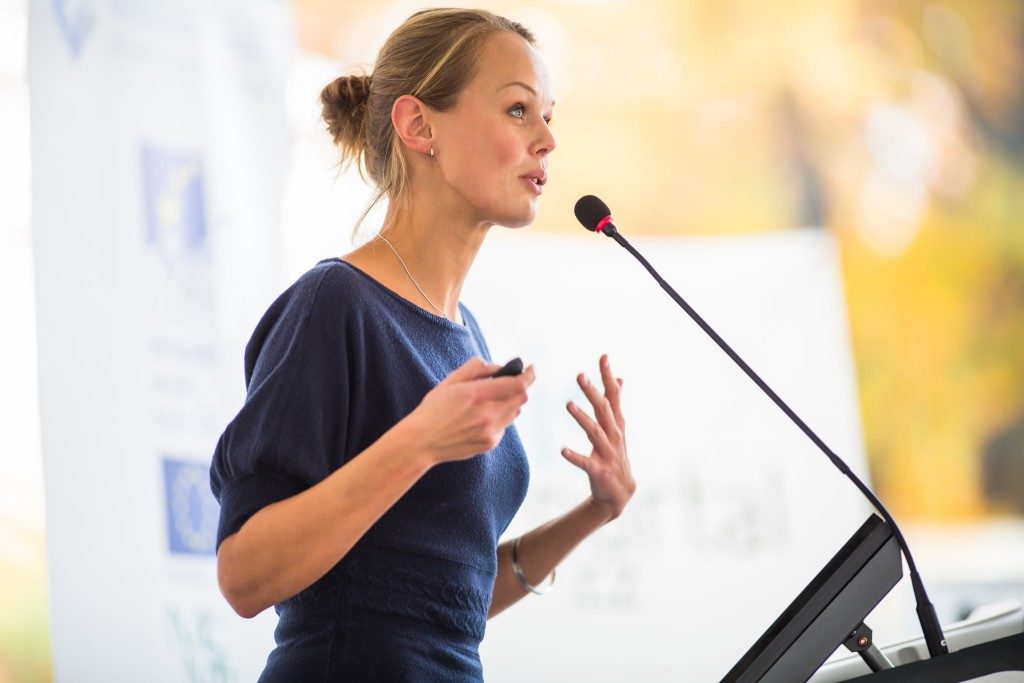A community is vital in keeping any movement alive. Be it a business effort, a local community drive, or even an organized hobby, a thriving community is an answer to its longevity. Now, a common mistake many leaders make is that a community naturally forms after establishing something. However, the truth is that communities will not thrive, nor even form if there is no organized effort behind it.
While organic communities do spring up, they’re often loose and are difficult to moderate, leaving multiple problems that can pop up down the line.
Why Communities Need to Be Developed
Before we dive deep into the hows, let’s understand the why first. The video game industry would have crashed decades ago if the players simply lost interest in playing video games. And it almost did. In 1983, due to the over-saturation of low-quality material, many video game enthusiasts simply lost interest and as a result, the industry was teetering on its last legs.
Thankfully, standout companies like Nintendo and Sega were able to recover the market by creating games that engaged their audience. It helped that they poured a lot into community-building efforts such as events and occasions where video game enthusiasts can meet each other and enjoy their games. Because of this, the market remains strong and is still increasing its reach and popularity every year.
With that established, here are some ways you can help develop a community. Each community is different, and the expectations should be scaled depending on the size of the actual industry. Whether be it a community from a business or a hobby, these tips will help you hone and develop a community. Here are a few to get you started.
Have a Calendar of Activities
Communities flourish when their participants are able to connect and collaborate. This is why social events and gatherings have long been attributed to the formation (and persistence) of communities. Creating events and activities where the members can get together, feel a sense of belonging and interaction will help in creating the bonds that make a community stay.
Admittedly, the world as of now isn’t quite ready for social events again, but thanks to the improvement of technology, virtual gatherings are now possible. As a matter of fact, communities all over the world have turned to virtual meetups and online gatherings in exchange for a physical one. This, in turn, allows those with a latent interest in that community to take a look with very little investment, deciding in the process whether they should join in.

Establish Key Figures
As humans, we’re naturally social creatures. We look towards groups and community leaders to find guidance or direction. In community building, having key figures create material and content is crucial in keeping interested and activity going. You need professionals who can provide reliable lead generation services and connect you to other like-minded community leaders and followers to make your efforts stronger.
By having community leaders, whether be it organized or organically-driven, you’re ensuring that there will be people who make something for the community. And as a result, the community will always have something happening and get the community members talking. And when outsiders peer in, they see activity, perhaps even getting them interested to join.
Encourage Community-created Content
Quite different from key figures, community-created content is the one created by those with very little presence within the community. They’re the ones who’s always been there but rarely made their presence felt. And when they do make their presence felt, it’s best to validate their efforts. This not only encourages them to create and contribute (perhaps becoming key figures or community leaders in the process) but also shows other community members that contribute to the community is more than welcome. If you have a page or a hub, showcase their efforts there. It will motivate them, and you’re keeping the community active by allowing content to be enjoyed.
Connect with Other Communities
In the world of martial arts, similar disciplines often cross-train together to sharpen their strengths and discover their weaknesses. While communities are rarely that competitive, there is still quite a lot of benefit to be found in reaching out to other communities and collaborating with them. Some of your community members might also be members of other communities. By collaborating with others, you’re creating relationships with other community leaders who can help your community grow. You’re also opening up your circle to a similar outfit that may or may not be interested in joining.
All in all, it takes conscious effort to keep a community flourishing. There will be ups and downs, and moments of absolute silence. However, this should not get you down as every loud bang is preceded by silence.



